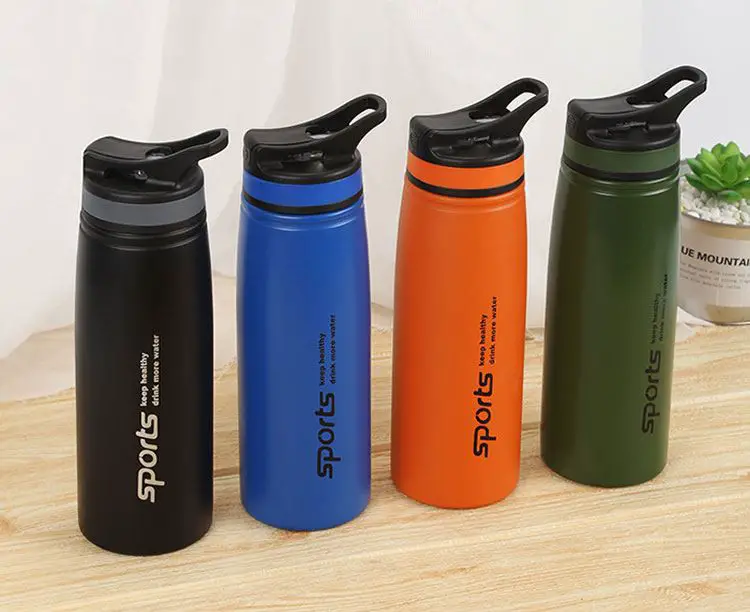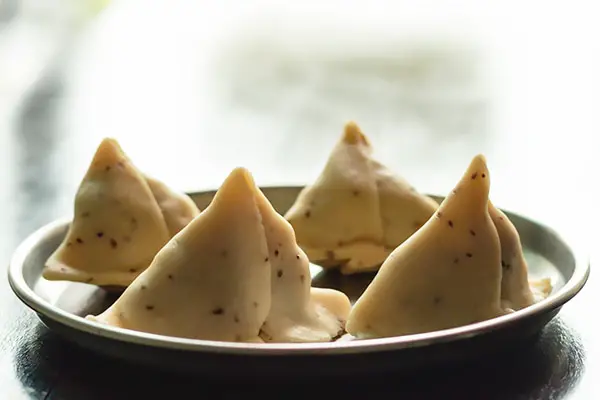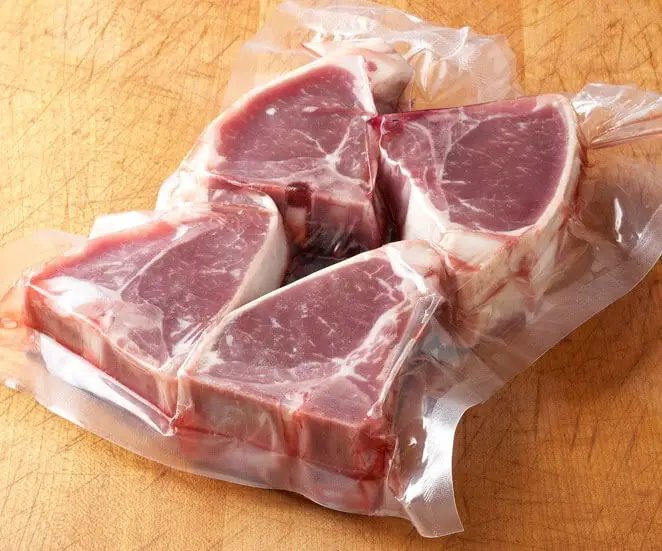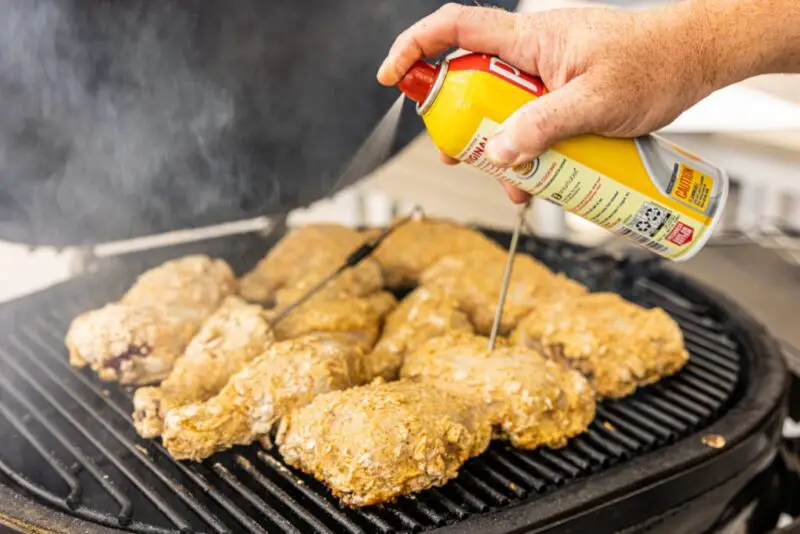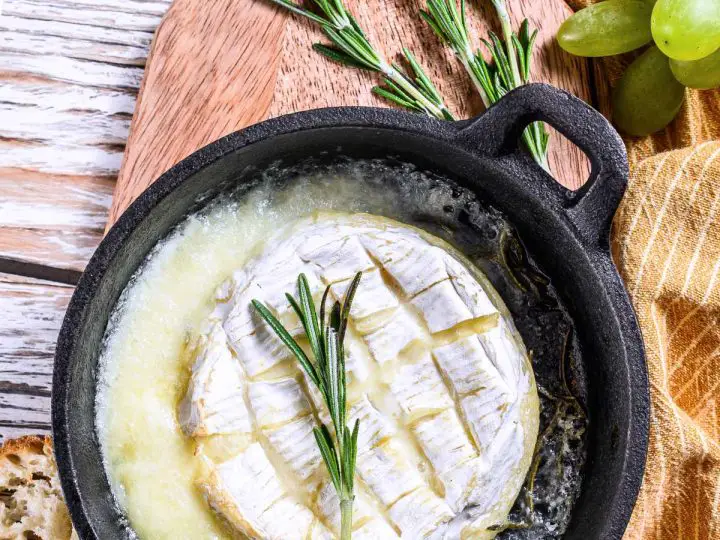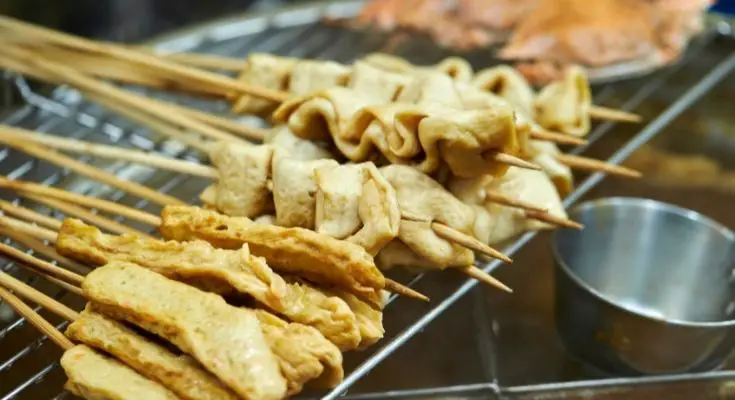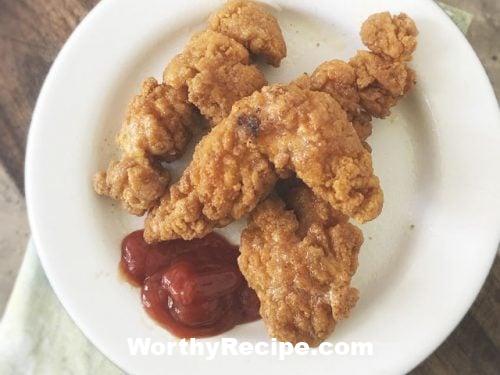After a long day of hiking, or during a cold winter’s day, there is nothing quite like a steaming cup of hot tea or coffee to warm you up. And when you are out in the wilderness, or in your office cubicle, a flask filled with boiling water can be a lifesaver. But have you ever wondered how long your boiled water stays hot in the flask? Is there some sort of science behind it? I don’t drink tea or coffee, but I do have all the answers for you! In this article, we will uncover the secrets behind how long boiled water stays hot in a flask and provide you with all the information you need to keep your drinks toasty for longer. So sit back, relax and let’s dive into the world of heat retention.
Having access to hot water throughout the day is a necessity, whether you’re a hiker on a trail, a camper in the woods, or someone who needs tea or coffee while commuting. This is where flasks come in handy. Flasks keep your boiled water hot for long periods of time without needing reheating. The big question is: how long does boiled water stay hot in a flask? In this article, we’ll be exploring various factors that affect heat retention in flasks and give you answers to some of the frequently asked questions about them.
Factors Affecting Heat Retention in a Flask
The duration boiled water remains hot in a flask depends on several factors:
Thermal Insulation
The type of insulation material in a flask plays a significant role in heat retention. Most vacuum flasks use double-walled stainless steel, glass, or plastic.
- Stainless Steel Flasks: Stainless steel flasks are the most common type of thermal flasks available. They are popular because they are durable, tough, and impact-resistant. The stainless steel walls retain heat for an extended period and are easy to clean; hence many people prefer them as their go-to thermos.
- Glass Flasks: Glass flasks don’t alter the taste of contents inside the bottle as plastic and stainless steel do. Their transparent feature makes it possible to track filling levels easily. Since their walls are thin compared to stainless steel or plastic, it makes them poor at retaining heat for prolonged periods, and because they break more quickly than other materials that make up thermal bottles such as plastic and steel, they are often not used as much.
- Plastic Flasks: Plastic flasks have a thin insulation wall, making them the poorest forms of thermal bottles that retain heat for only a short time because plastic material is not the greatest at trapping heat. They are often the types of containers to store cold drinks and not to store hot ones unless intended only for short-term use.
Initial Temperature of Boiled Water
The initial temperature of boiled water affects how long it will stay hot in a flask. Water boils at 100°C (212°F), but that does not mean we have to fill our thermos with water that hot. Filling a thermos with the boiling water while still scorching hot will speed up the cooling process, meaning the heat inside wouldn’t be trapped adequately.
Duration of Heat Retention in Different Flask Materials
Flask heat retention properties vary based on materials used in their construction, particularly the insulating properties.
Stainless Steel Flasks
- Heat retention duration: A good-quality stainless steel flask can keep boiled water hot for about eight hours or more if not opened during that time frame.
- Pros and cons: Stainless steel flasks are durable, rust-resistant, impact-resistant, and suitable for outdoor use. However, stainless steel flasks tend to be heavier and pricier than other flask types.
Glass Flasks
- Heat retention duration: Glass flasks retain heat poorly since glass is not a good insulator. The contents inside can stay warm for between one and two hours if unopened and well-insulated but begins to cool down after opening.
- Pros and cons: Unlike plastic and stainless steel flasks, glass flasks don’t alter the flavor of contents inside them. However, due to their transparency, they are susceptible to UV light sun damage and are more prone to breaking compared to other types of bottles.
Plastic Flasks
- Heat retention duration: Plastic flasks have thin insulation walls, and that makes them lose heat fast. The water stays hot for roughly two to three hours if well-insulated and unopened.
- Pros and cons: They are lightweight, easy to clean, low cost, but don’t retain heat as much as their counterparts.
Understanding Vacuum Insulation Technology for Flasks
Vacuum insulating technology exploits the concept of a vacuum gap between two layers of insulation material.
- Explanation of vacuum insulation technology: When air is removed from the vacuum space between two strata (layers) of metal or plastic shells to create an evacuation, it eradicates most conductive and convective warmth flows, thereby preserving thermal energy for an extended tenure.
- Comparison of vacuum flasks vs regular flasks: Vacuum flasks seclude the material inside from external temperature variations like sunlight, wind, amongst others better than other flask types. As a result, a cold drink in a vacuum flask will stay cold for more extended periods than using other bottle types.
Tips to Maintain Hot Temperature in a Flask
Preheating flask before filling with hot water
To increase the heat retention period in your flask; preheat it by filling it with boiling water and keeping it that way for a few minutes until the surface temperature become hot to the touch. Once this is done, empty the flask and refill it with your hot drink.
Maintaining an Air-Tight Seal
An air-tight seal helps keep the heat in for an extended time. If a thermos is leaking, the chances are that you will encounter faster heat loss than expected. Additionally, As soon as you pour out any portions of your boiled water, promptly close the lid of your flask.
Avoiding Frequent Opening of The Flask Lid
The lesser the number of times that you have to open your thermos cover, the better its insulation performance. This is because every occasion that you expose it to air or environmental temperature changes that penetrate through the cap, it causes reduced heat retention capacity within.
How Ambient Temperature Affects Heat Retention
Ambient temperature refers to the temperature of an environment surrounding a system or object – in this case, a flask – and this impacts heat retention ability.
Understanding how ambient temperature affects heat retention duration
Boiled water kept in flasks will be hotter and stay warm for longer in cold environments than warm or hot weather conditions. Once exposed to warmer environmental conditions, heat dissipates rapidly forcing the contents inside to cool down much quicker.
Tips for maintaining heat retention duration in different temperatures
- Cold weather: There’s no need for special measures when using flasks during cooler temperatures; they run as expected without additional water-keeping tricks.
- Warm weather: Ensure that the inverted cover is shut when not drinking cold water from your flask.
- Hot weather: Place the flask in a shaded spot when outside under the sun or put in a fridge/freezer before use.
Best Practices and Recommendations for Buying Flasks
Considerations when buying a flask: Durability, heat retention capacity, materials, ergonomic design, price etc.
When choosing your flask to keep water hot or cold all day long, always consider factors such as quality material used to construct the flask, durability, capacity, ease of cleaning, shape and design for grip, and any additional features provided. Aerogel insulation technology is also worth considering because it is more effective than traditional insulation methods by reducing heat transfer.
Popular brands and where to purchase them including Amazon, Walmart, Target, etc.
Some of the popular brands for best insulated flasks include Yeti, Coleman, Thermos catering to people’s diverse needs. These brands have quality products that provide refreshing beverages irrespective of how long they are stored. You can check online stores like Amazon, Wal-Mart, Target, for excellent deals.
Frequently Asked Questions (FAQs) about Flasks
Addressing commonly asked questions & concerns regarding flasks in general
- What size should I buy?The size depends on its intended use. For individual use throughout the day or weekend trips with small groups The Reppin’ Cooler Bag perfect 20oz vacuum insulated stainless steel tumbler perfect for everyday use and can hold an appropriate amount of water required for you to stay hydrated. If you’re planning longer travel and outdoor use with several friends or large groups try purchasing bigger flasks.
- Can I put my thermos in the dishwasher? Some thermal flasks may be dishwasher-safe – check manufacturer instructions first. However, some elements of the vacuum insulation technology that keep boiling liquids hot or cold for an extended period are enclosed in their shell; hence exposure to chemicals may run the risk of damaging your bottle’s insulating properties. It is best to hand-wash most thermal flasks to keep them functioning correctly.
- How do I clean my flask? For thorough cleaning, it’s preferable to use denture tablets and warm water and soak the bottle until the stain disappears and then rinse it with water and set it aside upside down. Regularly clean the cap area.; get a soft-bristled brush or sponge, soap up yourself ear thoroughly scrub around the cap area.
- How frequently should I replace my flask? Regular inspection of a flask for any signs of damage like leaking or distortion is essential. Flasks have varying lifespans depending on their material quality. Perfectly cared-for flasks can last for years; however, most should be replaced every eighteen months to three years-and over time, they become less effective at keeping drinks both hot or cold.
Conclusion
In summary, “how long does boiled water stay hot in a flask?” Several factors affect it. The type of thermal insulation materials used in a flask like double-walled stainless steel, glass, or plastic affects heat retention significantly. Vacuum insulation technology that creates an evacuation containing sandwiched insulating material plays a significant role in heat retention in thermos bottles. Other practical tips such as preheating the flask before filling with hot water and maintaining an air-tight seal are useful. Lastly, regular inspection and replacement of damaged flasks are advised to get optimum performance from thermos bottles.
Summary
Having hot water on the go is essential for many people, and boiling it and storing it in a flask can be a convenient solution. However, the question remains: how long does boiled water stay hot in a flask? The article examines various factors that affect heat retention in a flask, including thermal insulation, materials used, initial temperature of water, and ambient temperature. It then delves into different types of flasks and their pros and cons in terms of heat retention duration. The article also discusses vacuum insulation technology and offers tips on how to maintain hot temperatures in a flask. Finally, it provides recommendations for buying a flask and addresses frequently asked questions. With this comprehensive information, readers can make informed decisions on how long boiled water stays hot in a flask based on different variables.
